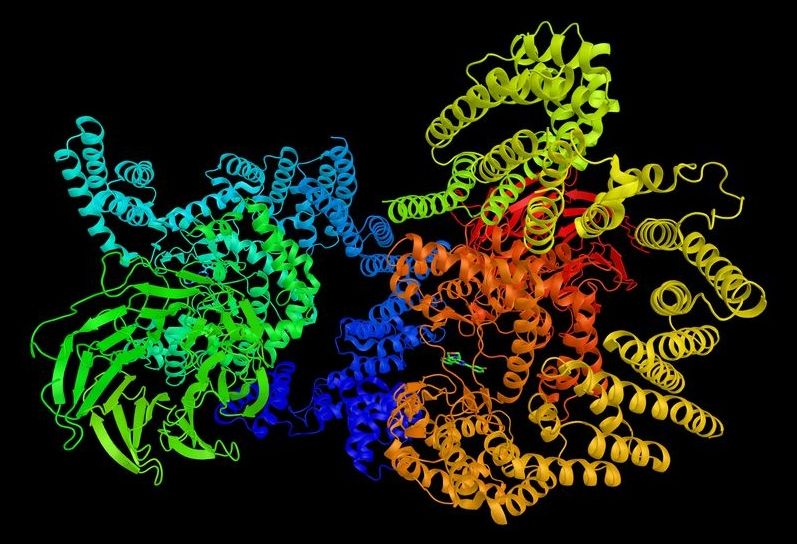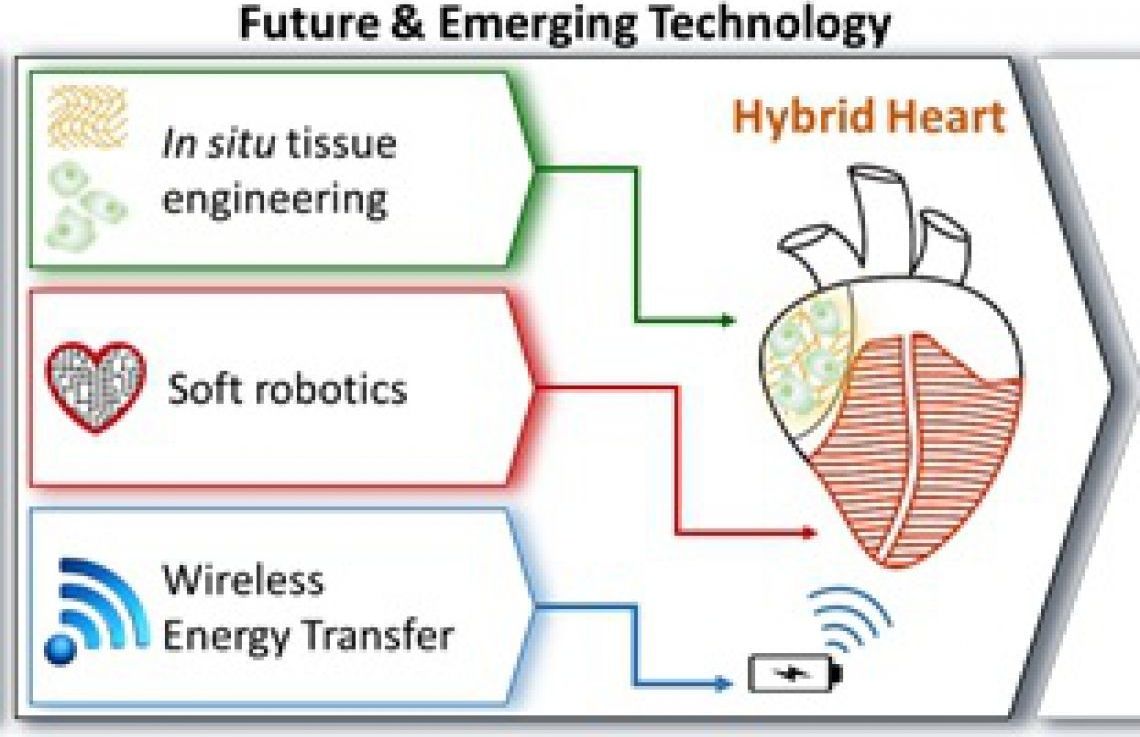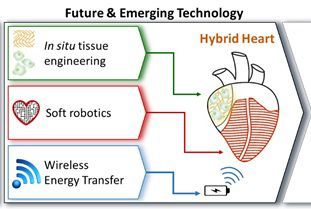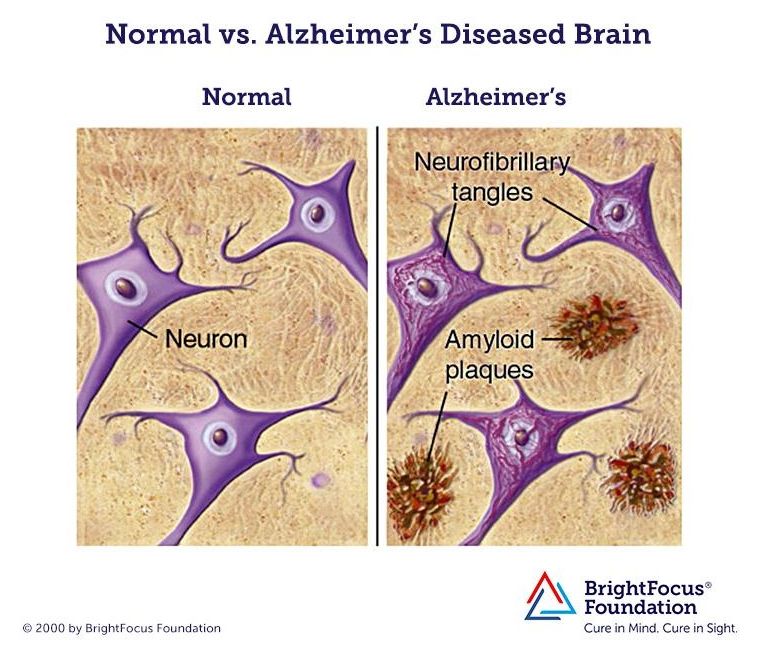It’s in a bad taste to say that other global issues are more urgent than ageing, when pretty much all global issues—ageing included—affect the life, and the quality of life, of many people.
Suppose you’re in your mid-seventies, and you find out that your aortic valve doesn’t work very well. Undergoing a replacement operation—nowadays, a relatively simple and safe procedure—is not only going to help you with your unpleasant episodes of fatigue, chest pain, and dizziness, it may well save your life, minimizing your risk of sudden cardiac arrest.
Your doctor suggests that you undergo the procedure and sends you to a surgeon for the operation; however, when you get there, the surgeon starts yelling at you that, rather than using resources to replace your valve and extend your life, we should fund initiatives to save children in poor countries, build health clinics, train midwives, and fight for equal opportunity and for women’s rights. He then goes on rambling that, until these issues are addressed, he doesn’t want to hear about extending your natural lifespan—after all, since you’re in your mid-seventies, you’re well above the world’s average lifespan; he shoos you and your family out and slams the door on you.
The chances are good that you’d think this person was several sandwiches short of a picnic; you would report him and have him fired for malpractice. Thankfully, you’re not very likely to run into a surgeon like that, but you are likely to bump into people contending the exact same things as the mad surgeon when you replace heart surgery—a very specific form of life extension—with the general concept of life extension. Why is that?









